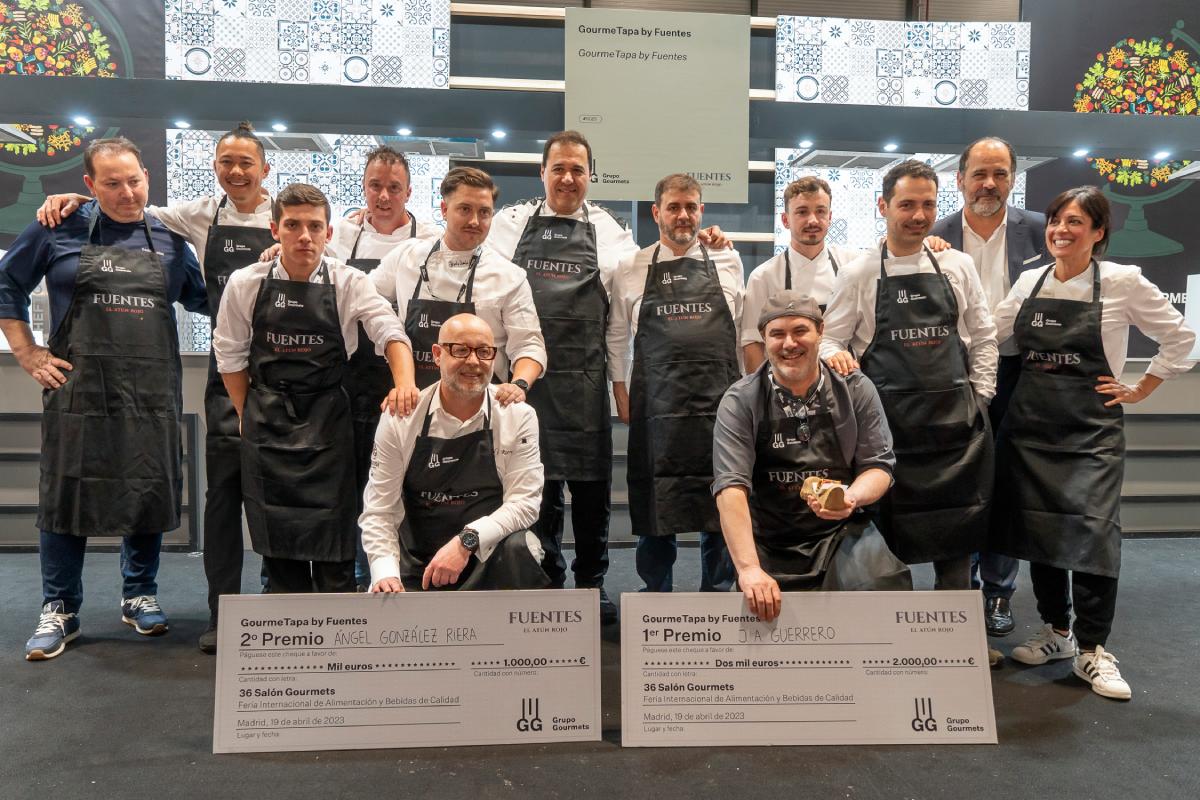How to judge –and win– a bluefin tuna competition
Summary:
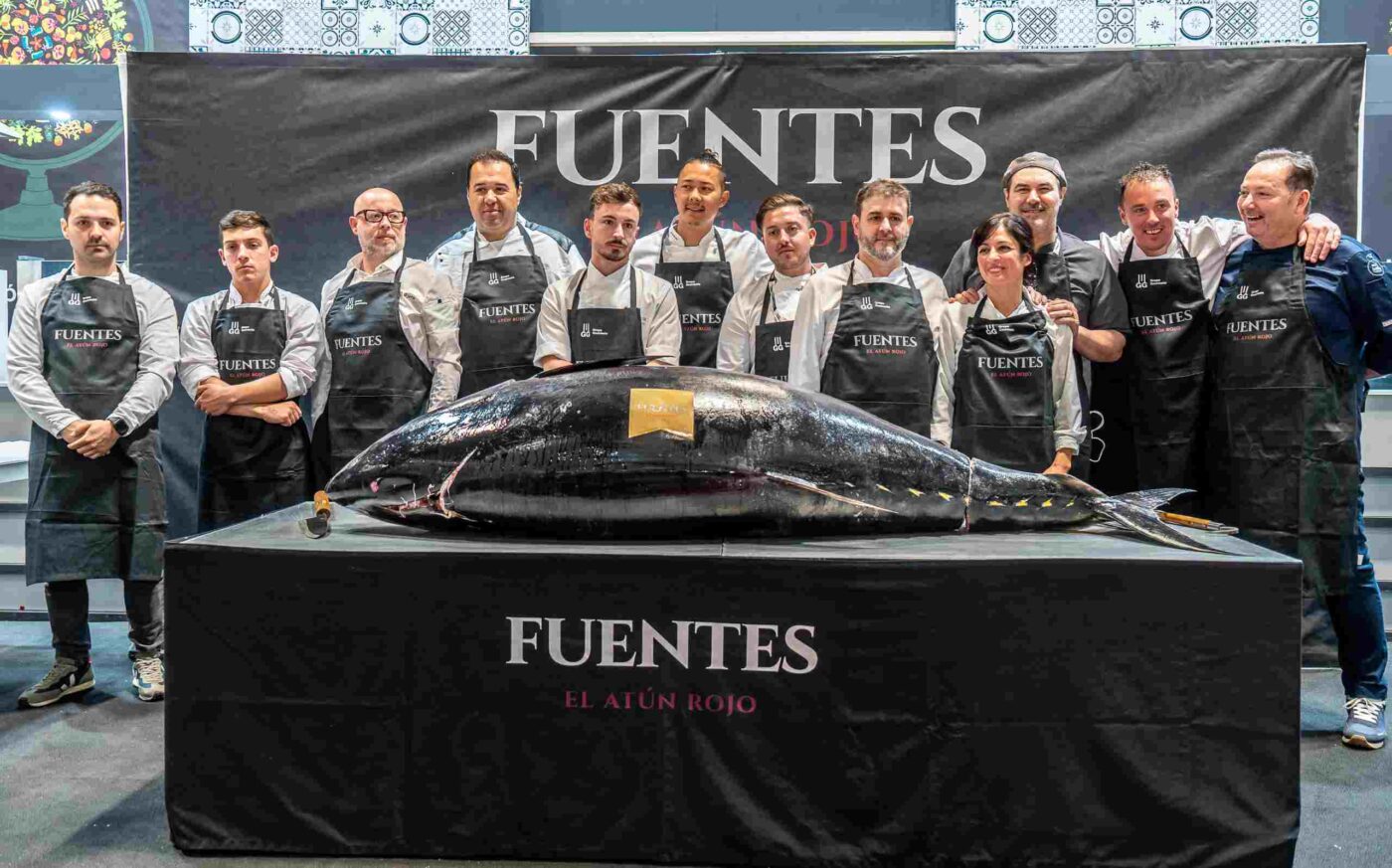
A logbook by Sensei Hiroshi Umi..
A gaggle of TV cameras and photographers mills around the main stage in Hall 8 of Salón Gourmets (IFEMA, Madrid), trying not to fall over one another before the event begins. Just a few moments ago an outstanding bluefin tuna lay on the podium, to be sliced up by expert hands and flashing knives, to the delight of the spectators and their mobiles, both seeking out the best angles from the front few rows.
The dispatching of the fish was delayed for journalistic reasons: a frenetic live broadcast on Channel 1 news, in which the reporter’s statuesque silhouette contrasted with the rugged anatomy of our titan of the seas. Meanwhile, the tension of the moment hung in the air offstage. You could slice the atmosphere with a katana.
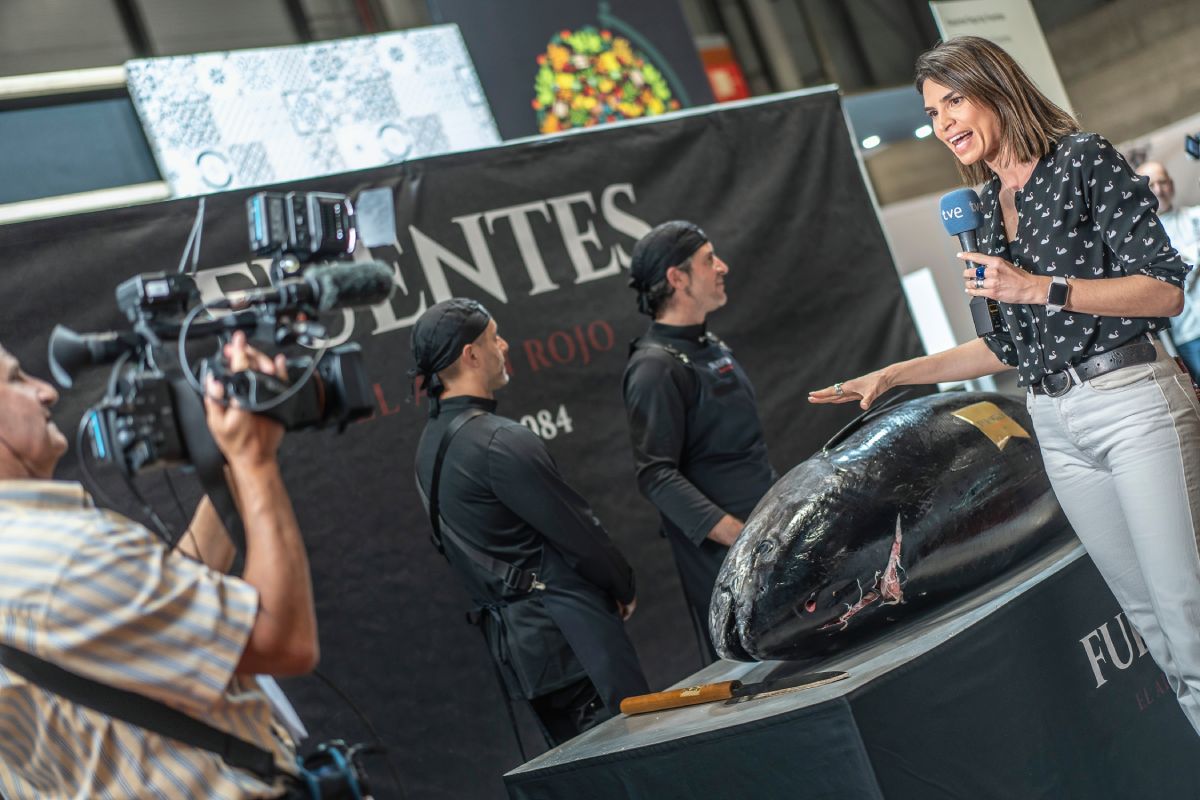
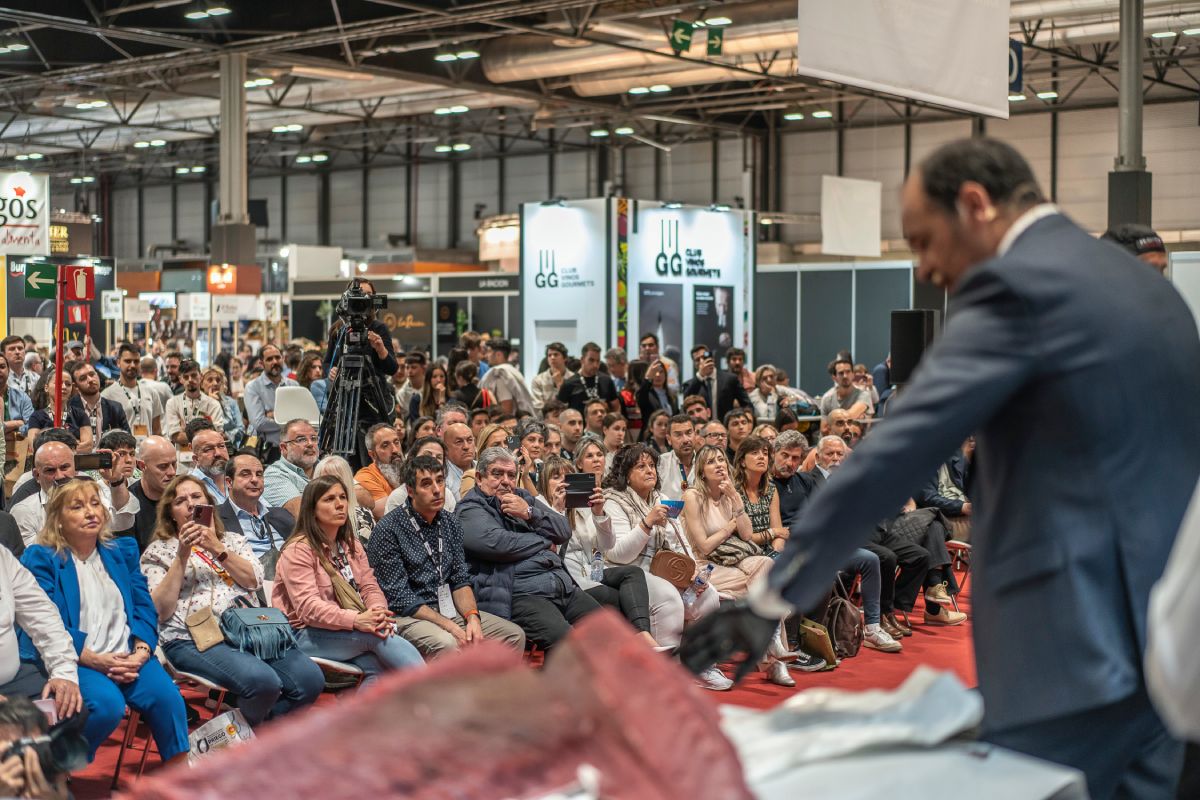
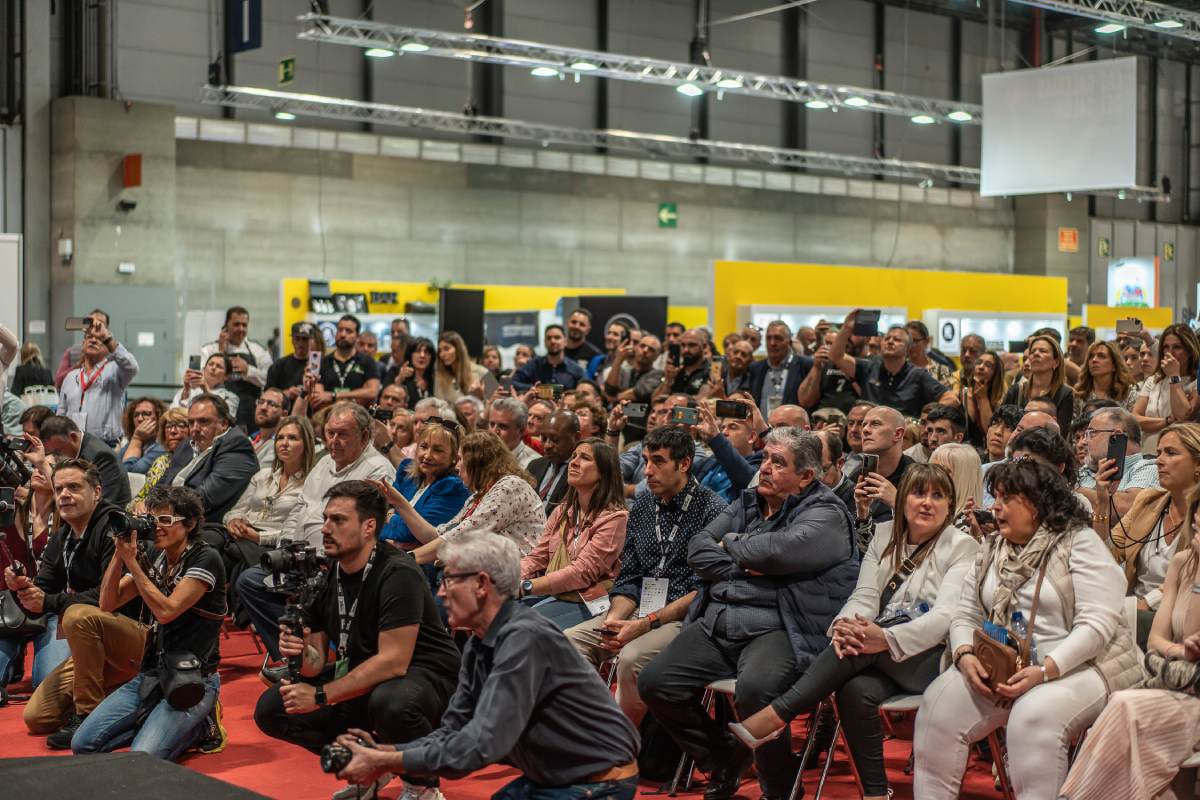
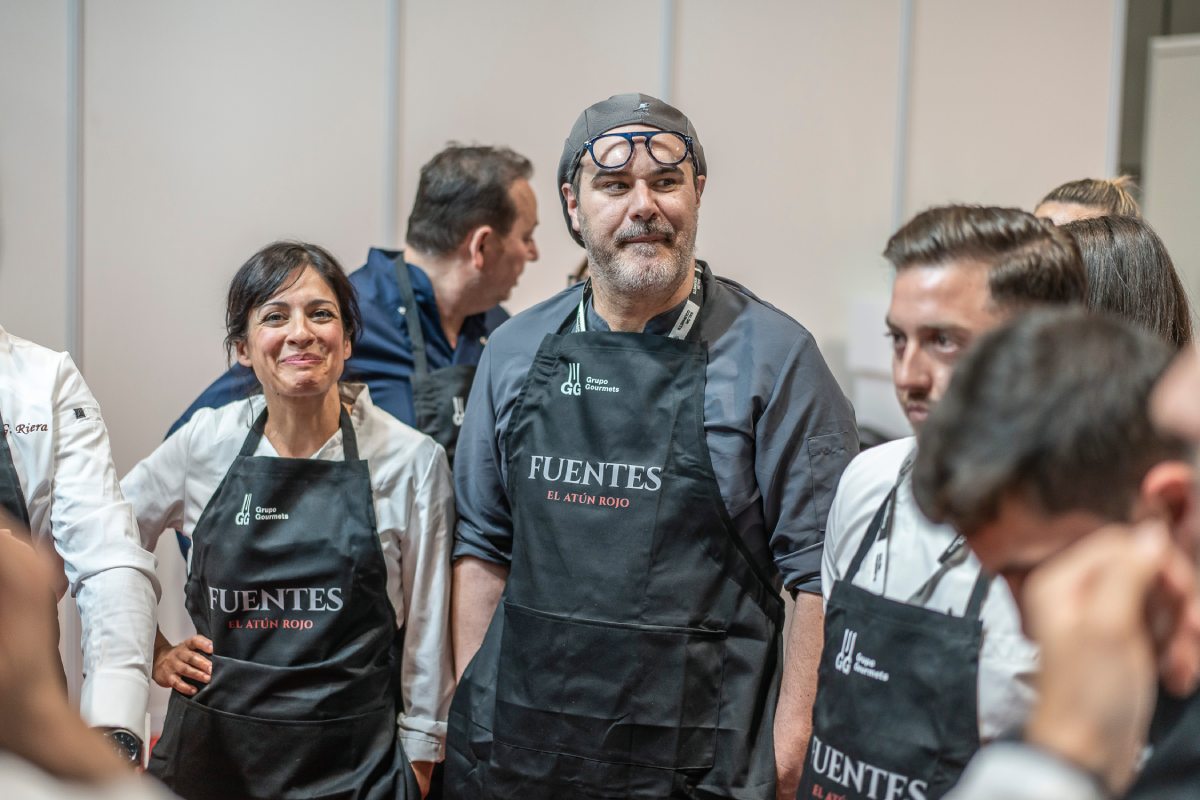
The chosen twelve
Twelve chefs from every corner of Spain debate, chat, exchange impressions and await their turn. They form their own little huddle. Looking at their mobiles, and looking again, trying to dispel their nerves… In groups of six, the number of kitchen cubicles occupying the stage, they are called on to interpret the bluefin tuna in small scale, in the form of tapas, dainty morsels as memorable as they are fleeting. “I think you have to try to surprise people, that’s why I’m here,” one of them suggests; “Ideally you want to make the product stand out, to embellish it,” comments a fellow chef. They have all brought their own kit and caboodle, their tricks and stratagems. And they have just 30 minutes to produce their miniature dish. Anyone running over time will be penalised.
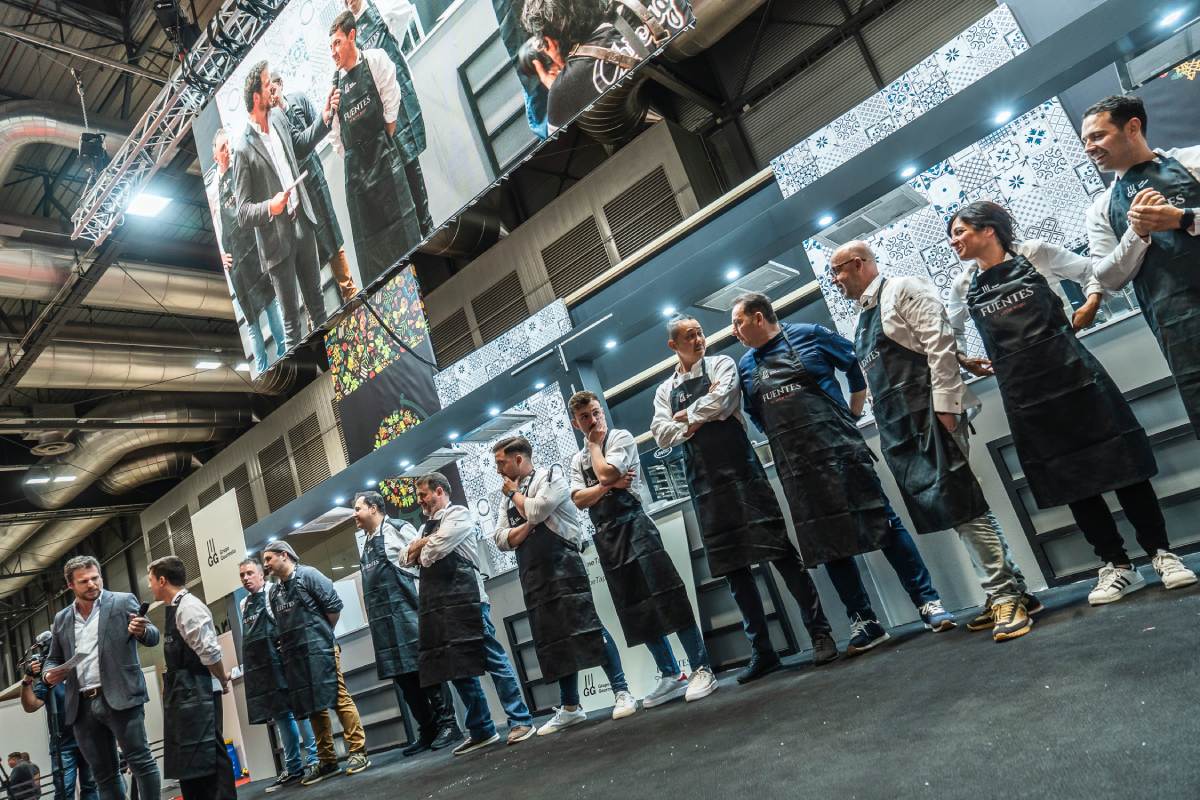
The great live cooking show kicks off. No trickery or staging, all live action. The producer flashes up shots of the face of each competitor, deep in concentration, on the huge video wall, while the master of ceremonies –a role consummately performed by journalist and presenter Jota Abril– invites reflections and keeps the event on the boil. Welcome to the first edition of GourmeTapa by Fuentes.
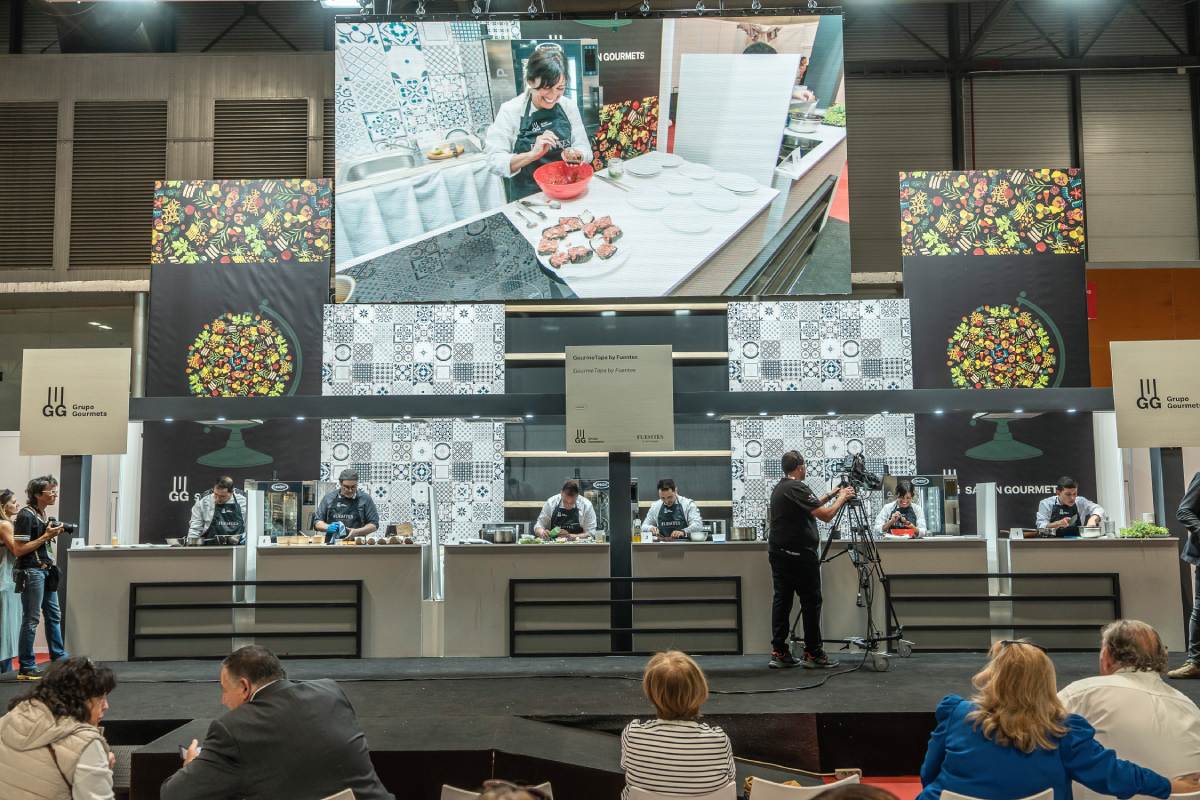
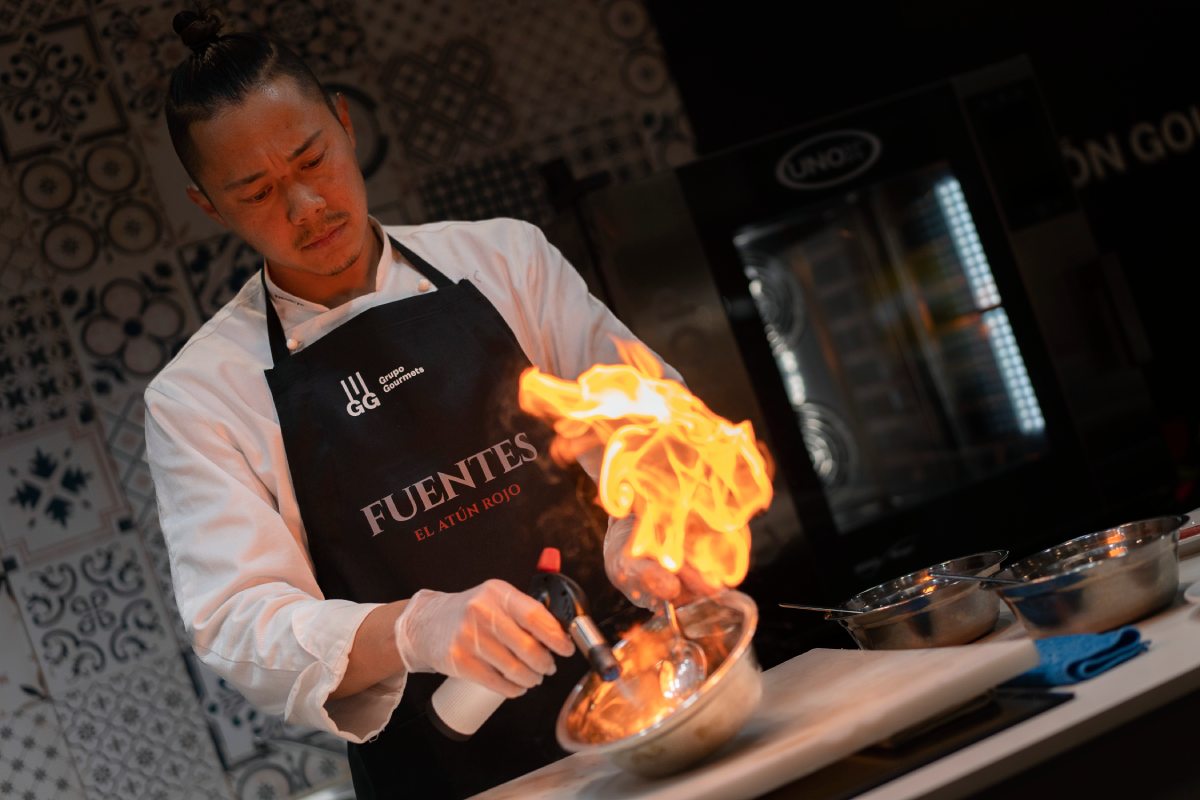
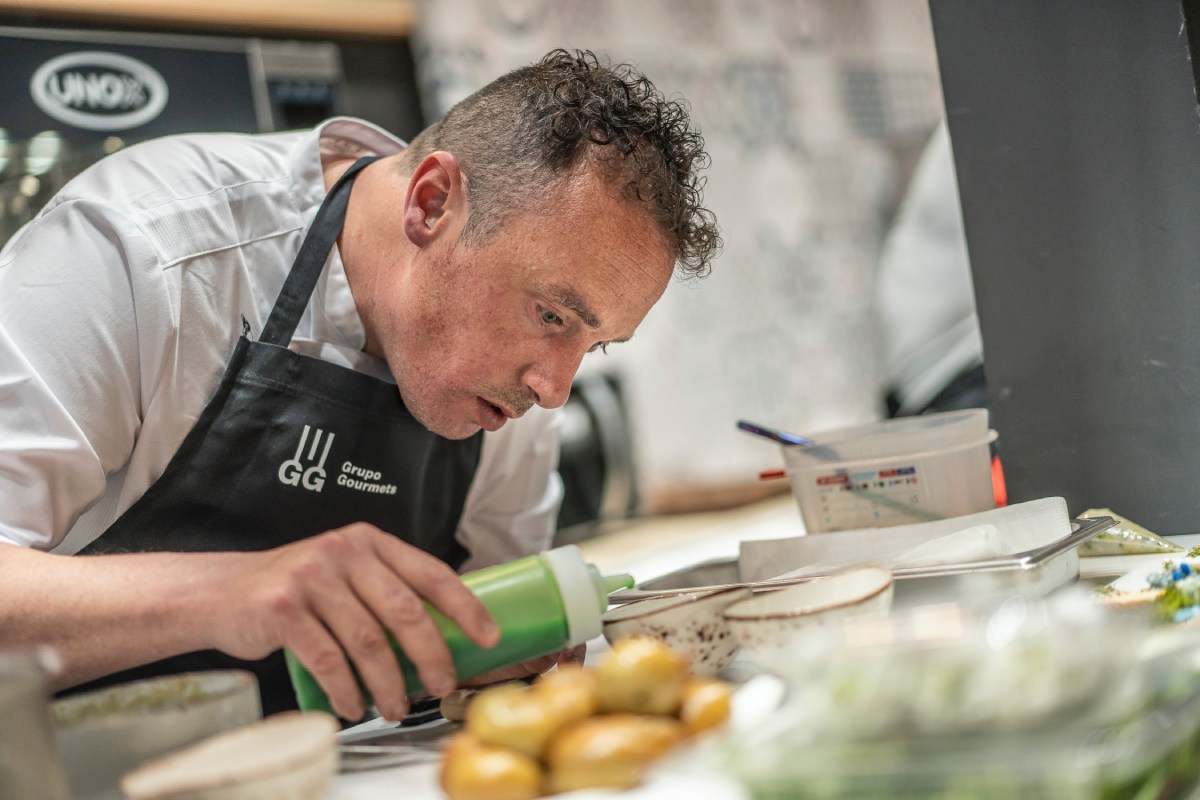
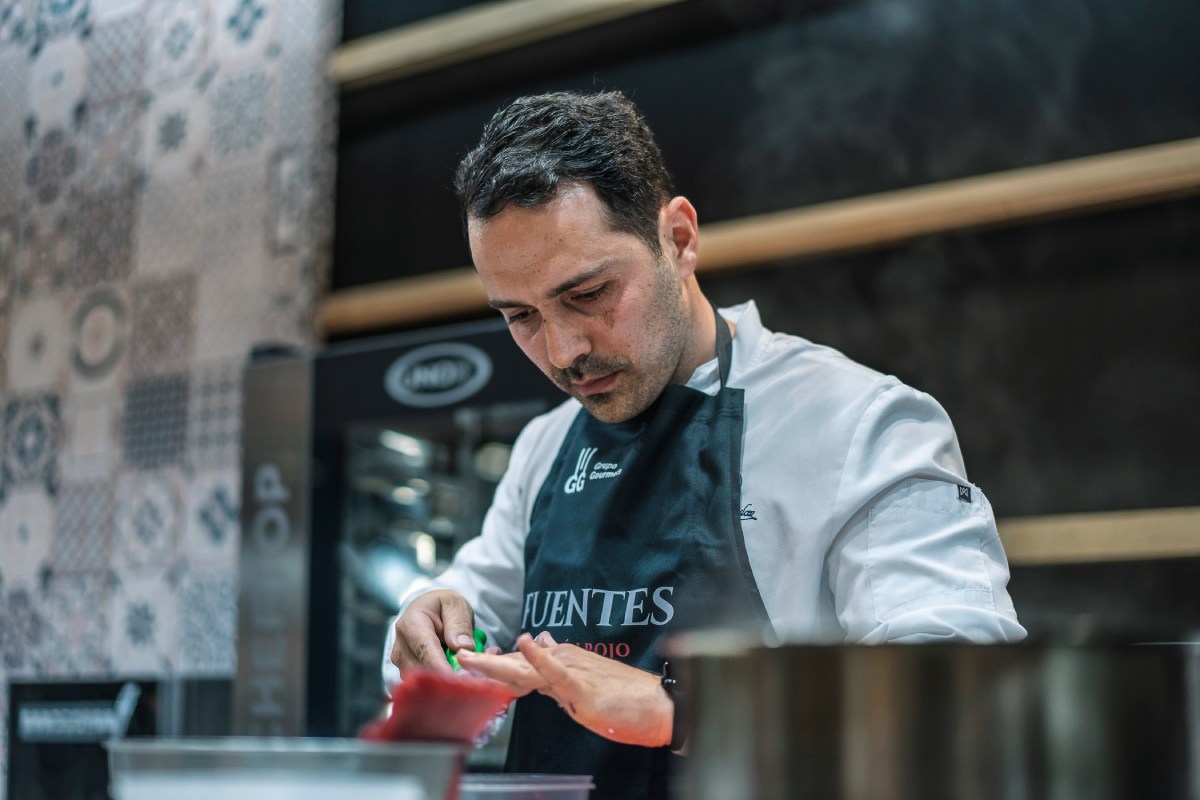
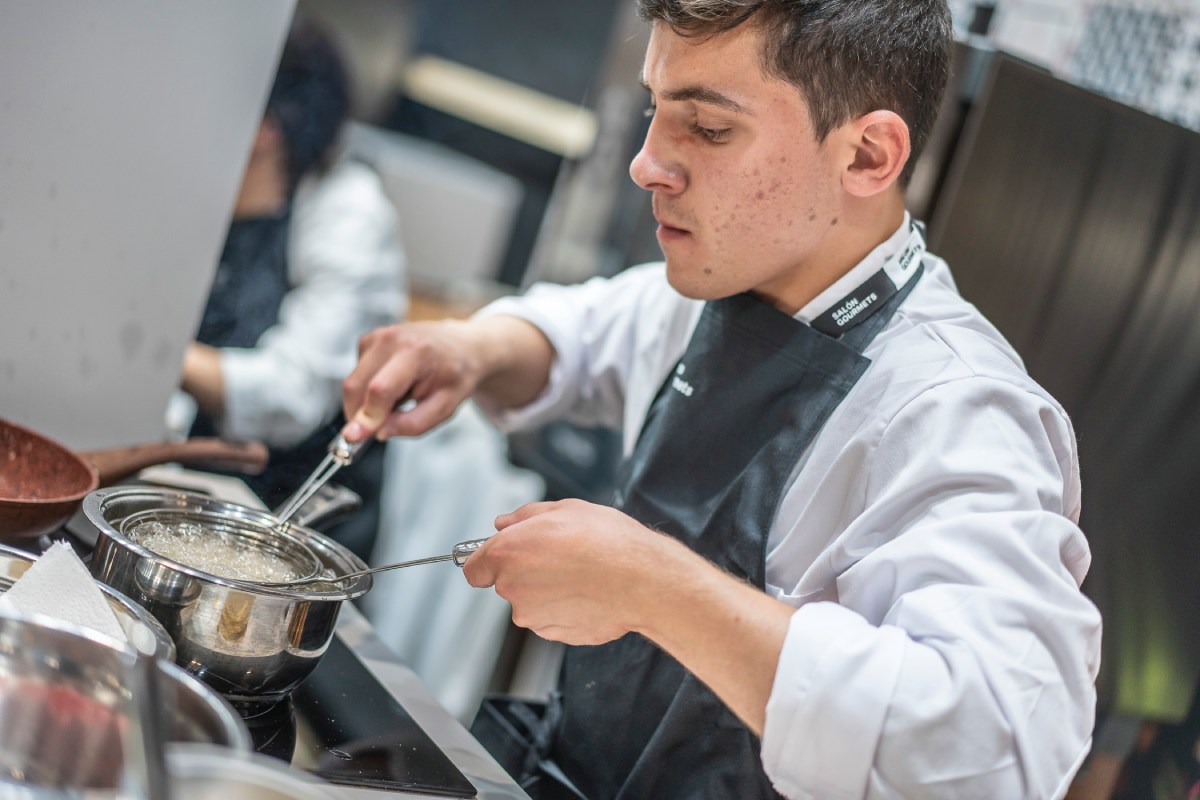
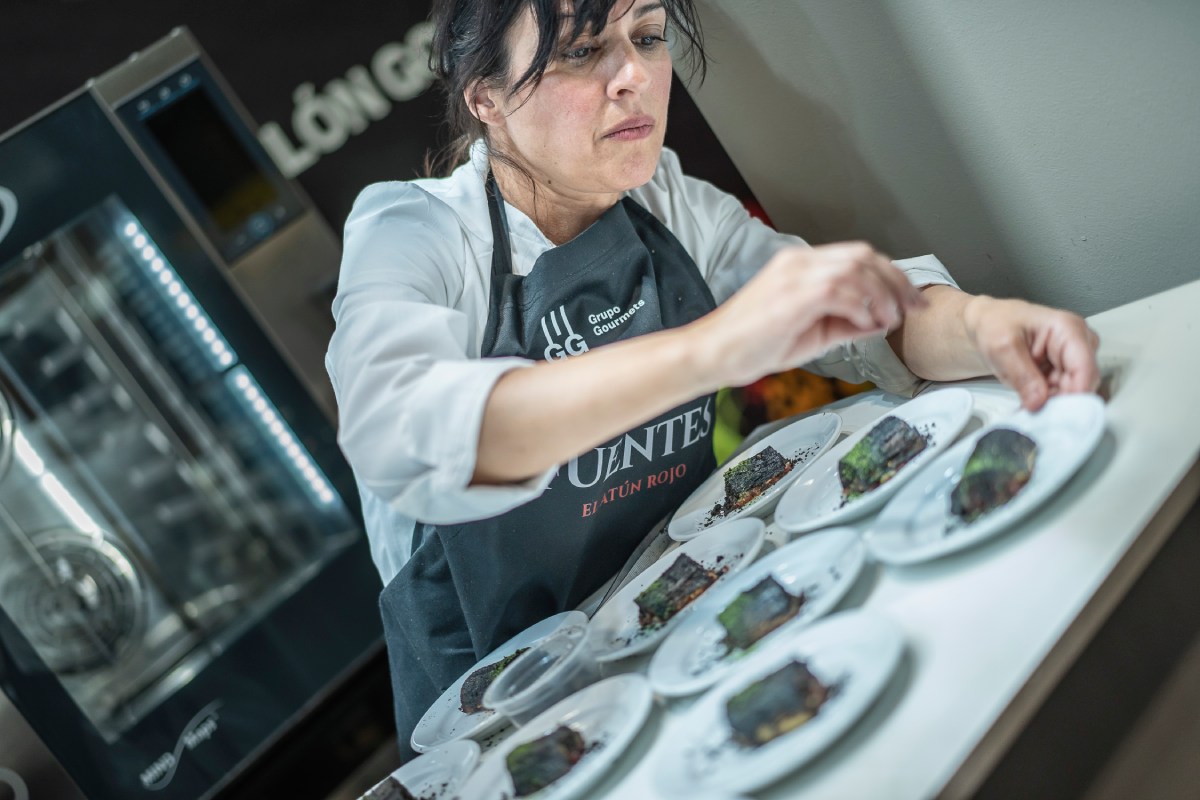
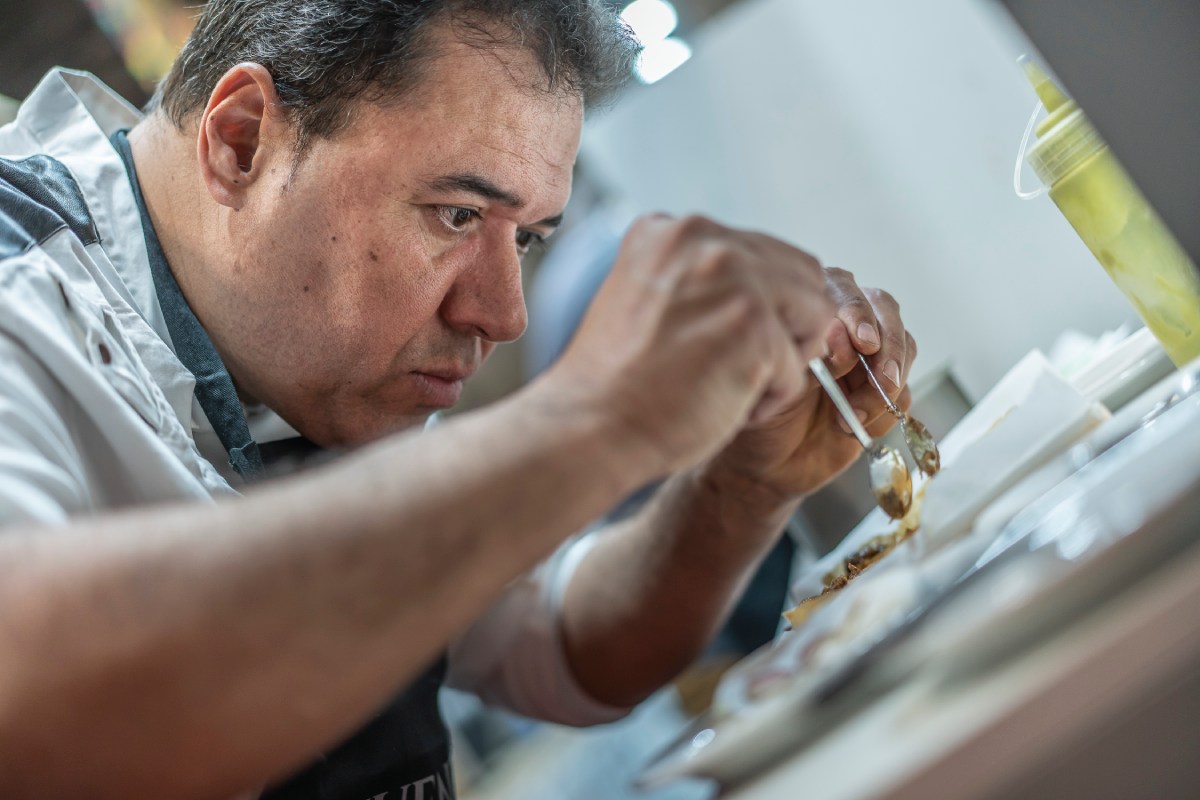
The implacable jury
Abril promptly heads down to the nearby table where the jury are lined up, their tastebuds, experience and grey matter called on to decide who is worthy of the accolade. Not 12 angry men, as in the famous courtroom drama, but six men and one woman, of ruthless demeanour. A versatile selection, representing a number of related sectors. There they wait, expectant, serious, circumspect, their senses sharpened for every little gem it is their task to calibrate, contemplate, evaluate and sample.
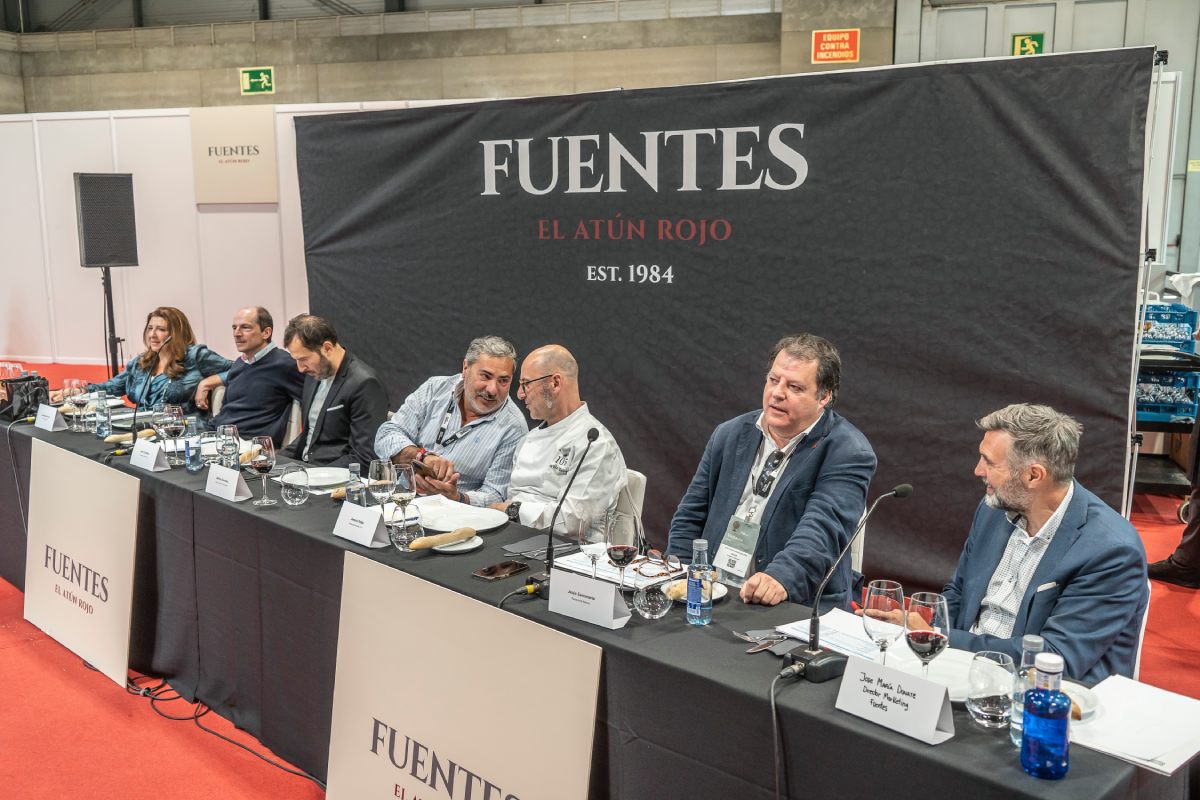
In his chairing role, José Miguel Serrano, of distributor Cominport, grabs the microphone to emphatically declare that “it is a pleasure to be here and to appreciate what these virtuosos do with such an outstanding product as Fuentes Bluefin Tuna.” To his left, culinary journalist Javier Vicente Caballero (dedicated reporter for the magazine Sobremesa and Fuera de Serie) who highlights the importance that “chefs serve as mediums with the task of interpreting the language of a sublime product, with its own story to tell, as it passes through the narrow Strait of Gibraltar after a thrilling migration”; and in the right-hand corner, the foodie Esther Muñoz, a well-travelled and knowledgeable connoisseur of culinary contests; across the table from her, José María Donate (marketing director of the Ricardo Fuentes Group, and trade association spokesperson), Jesús Santamaría (CEO of the Bokado Group from San Sebastian, the public face of a formidable culinary clan), chef Joaquín Felipe (one of the few illustrious Spanish chefs who really does butcher his own tuna) and versatile journalist and presenter Alberto Granados.
Both this selection of implacable judges and the dozen chefs (narrowed down from a list of over a hundred), as well as the brand sponsoring the event, allow me to nose about the place, so I can tell the tale on this humble blog. I gratefully accept the chance to slip backstage, like a stowaway with credentials hanging round my neck.
The show begins
It is four in the afternoon when the cookers are fired up. The jury, who have undoubtedly not had a bite to eat since breakfast, have their score sheets before then. On a scale of 1 to 10, with 10 being the highest score, they must rate the following parameters: flavour, presentation, cooking time (the aforementioned half hour, which they must not overrun), originality, clean and tidy working area, use of special cuts of tuna, and lastly, the commercial viability of the tapa at each respective establishment.
The dishes arrive in series, with each chef offering comments to the audience and the jury, to clarify concepts and explain each element. The first few tapas really serve to “whet the appetite”, as they say. Plenty of water is set out on the tables, to cleanse the palate in readiness for each new salvo of flavours, and a number of fruity and aged wines to be paired with. Annotations, murmurings, the odd gesture or grimace giving some hint of acknowledgement, enthusiasm or indifference… Granados chats with Joaquín Felipe. Serrano, as chairman, debates with Esther. Caballero stands staring into space, searching for subtle nuances somewhere in the pigeonholed compartments of the brain that process taste. “I like the fact that the dressing doesn’t mask or spoil the product. An 8 for flavour,” says Serrano “This is a really well-made tapa; it wasn’t easy to surprise with so many ingredients,” reflects Santamaría, whose son Aitor is in charge of Sukaldean, the restaurant (also serving tapas and pintxos) at the Hotel Zenit Convento de San Martín in San Sebastian.
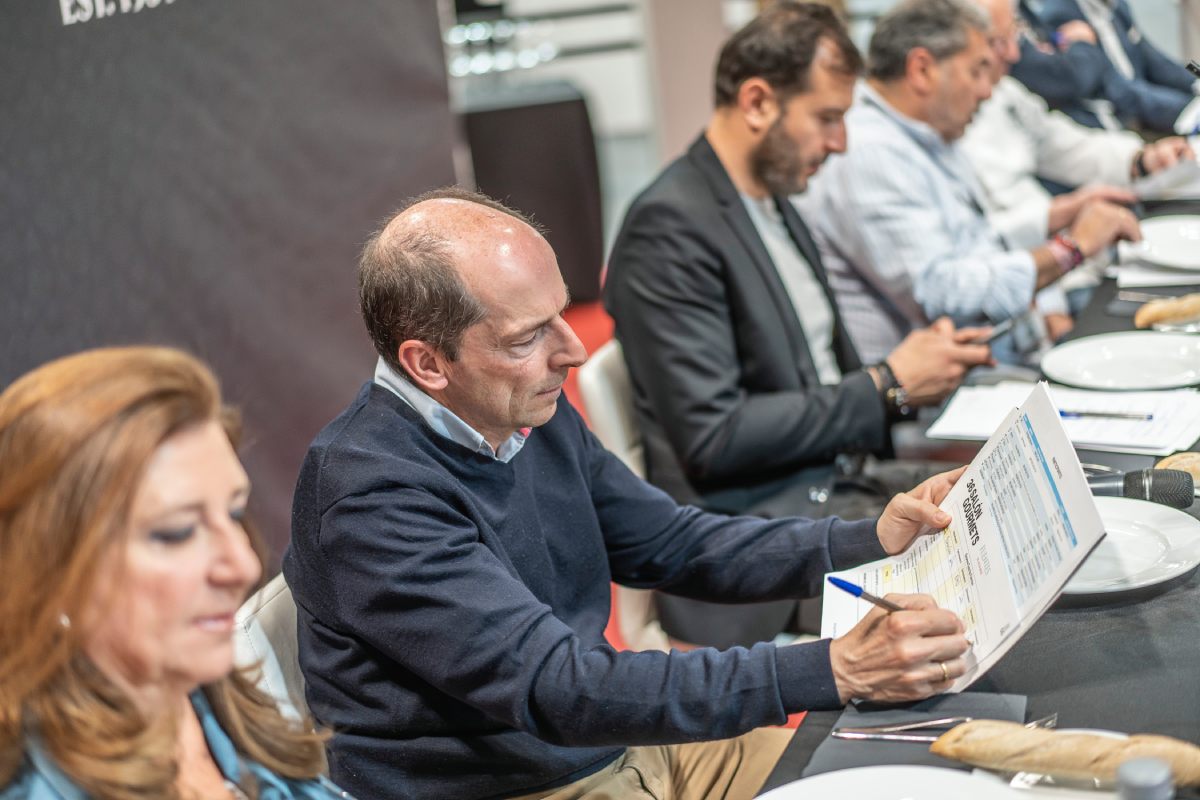
Two and a half hours later, and once the 12 tapas have been monitored, analysed, sampled and scored in detail, the jury retire to consider and decide. A “notary” from the organisation itself attends their debate, to draw up the minutes and certify that the whole process is conducted above board. Having taken their places, the jury are unanimous in praising the “sky-high standard of the competition, the distinctiveness and originality of each idea”. “They all clearly understood their task, the goal of creating straightforward but complex tapas, because sometimes people forget and serve much larger dishes. With 12 finalists it is hard to pick out one winning dish, amid such originality,” Granados adds. One by one, having totted up all the parameters, each member of the jury calls out their scores. The sum total reveals a clear outcome.
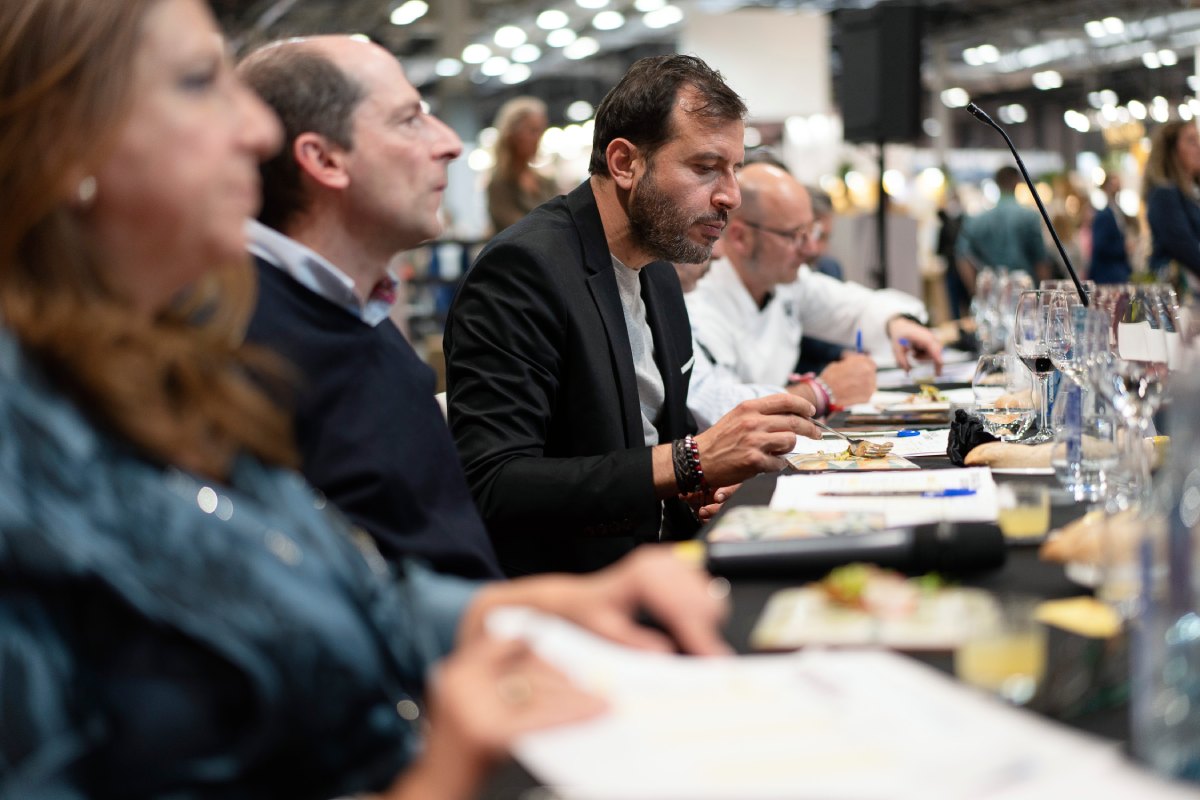
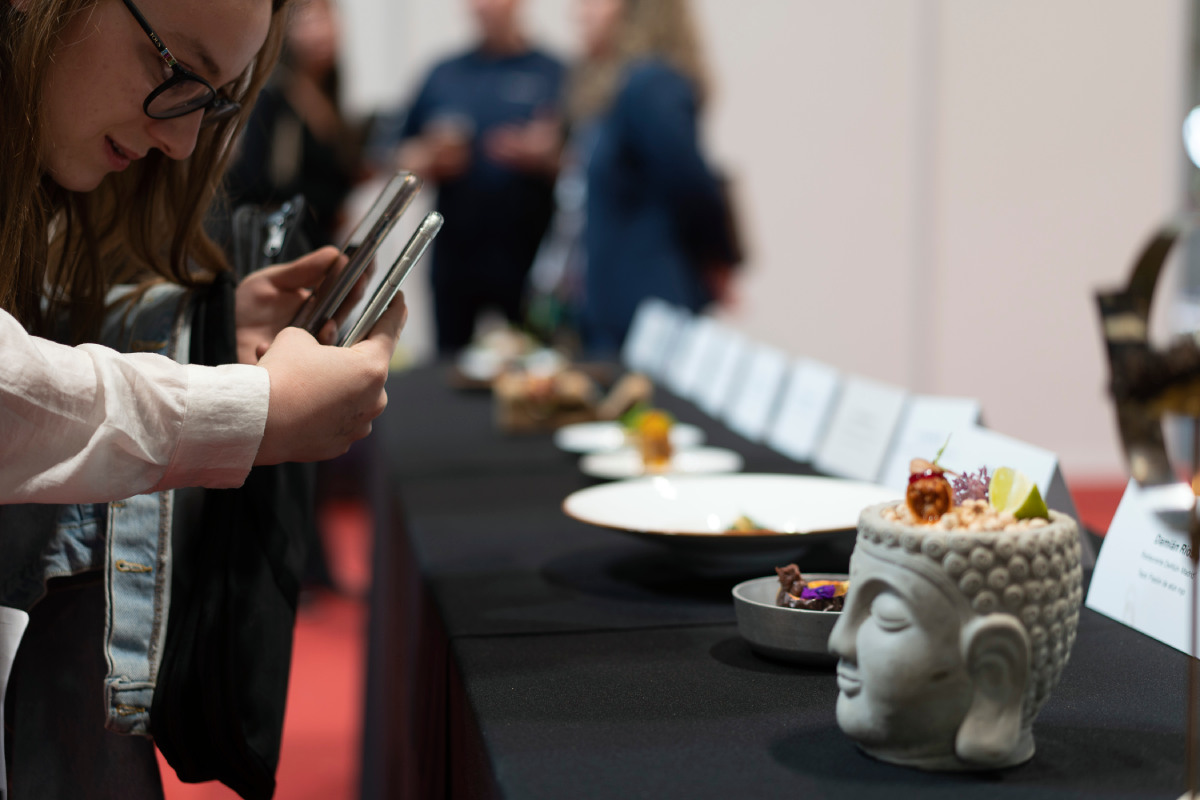
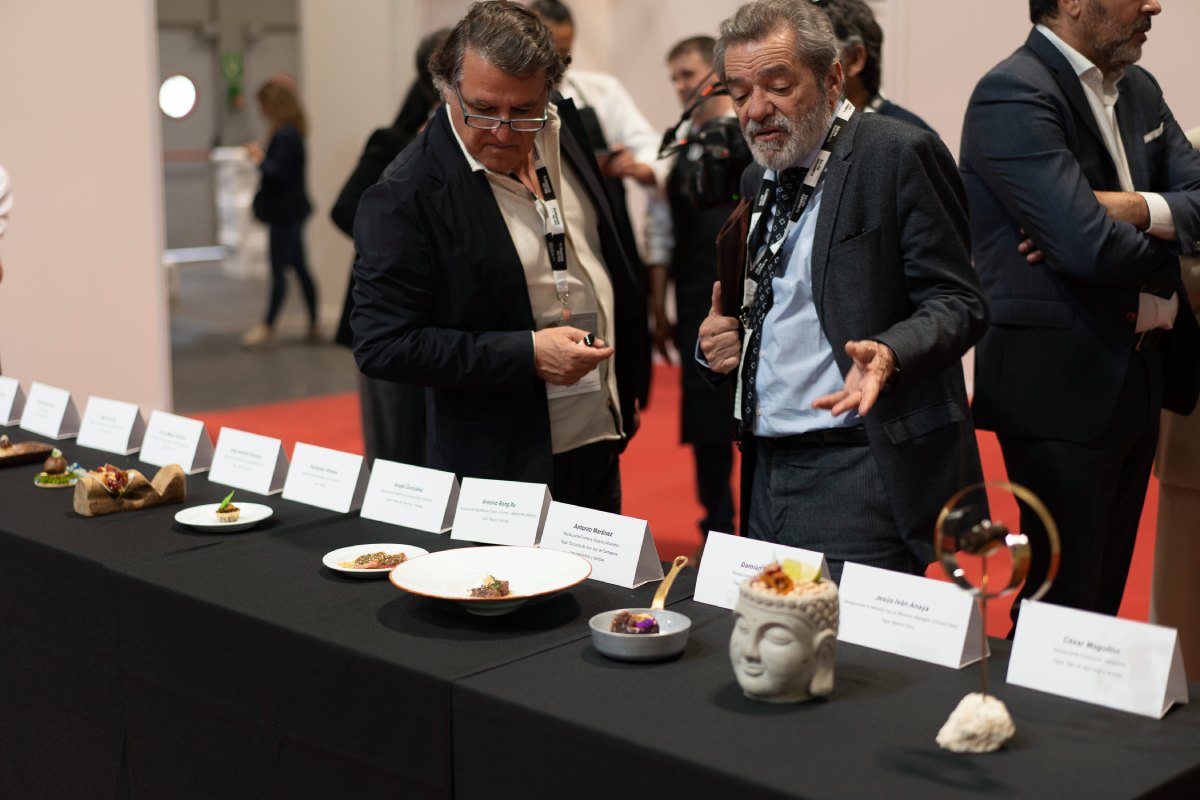
And the winner is…
The title, with the 2,000 euros in prize money, and the privilege of winning the competition in its first year, goes to the chef José Antonio Guerrero. He brought with him from his Aquarium restaurant in Menorca an outstanding Japo-taco with tuna loin, filo pastry and a semi-secret dressing (soy, ponzu and other clandestine doses of heaven knows what other delights), which won over all the judges with its simplicity, its commercial viability, and the convenience of a finger-food, two-mouthful format. According to their appraisal, it offered depth on the palate, with good structure, every part adding to the whole and none striking a discordant note. An exquisite tapa.
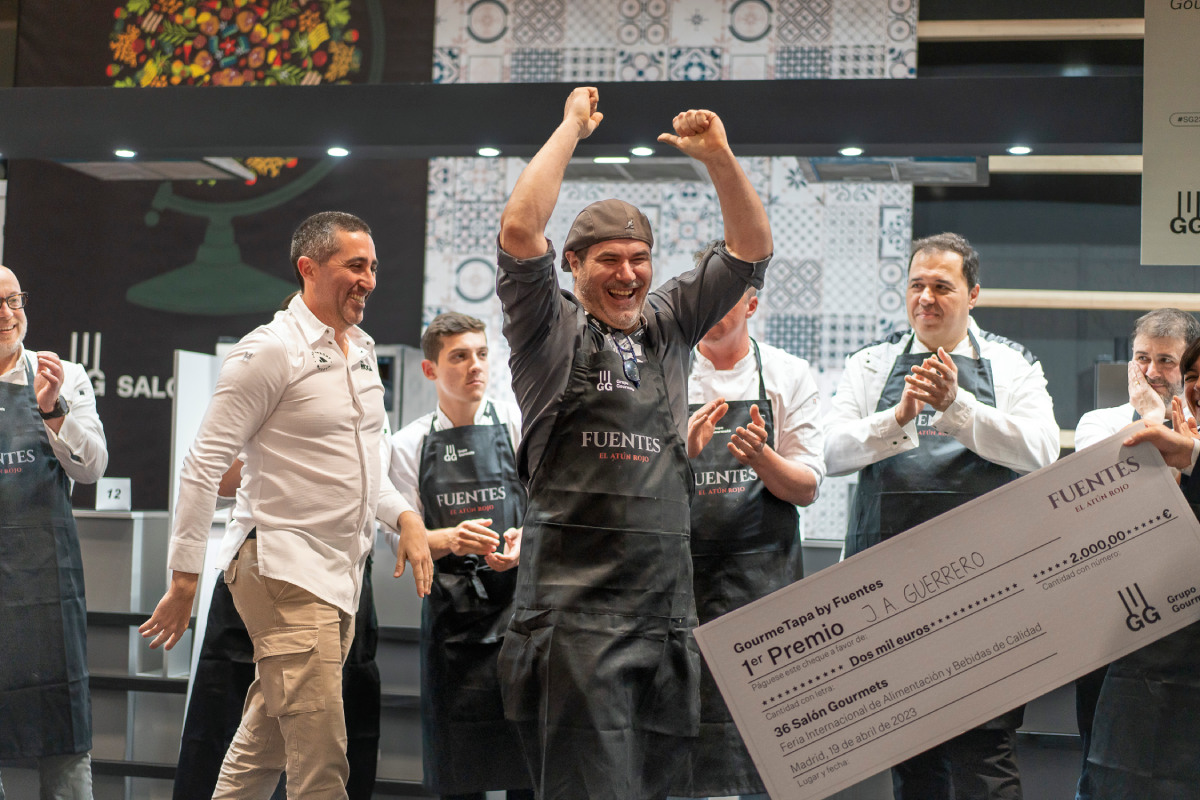
In second place was the toasted sandwich served up by Angel González (Hacienda La Llarea, Gijón), with a cheque for 1,000 euros. A subsequent post will make space for the creators of these miniature gems. We will be reflecting on how they interpret bluefin tuna at this minimal scale. Observing where and how the creativity arises to make the very most of a cut of cheek, back cheek, backbone or ossobuco.
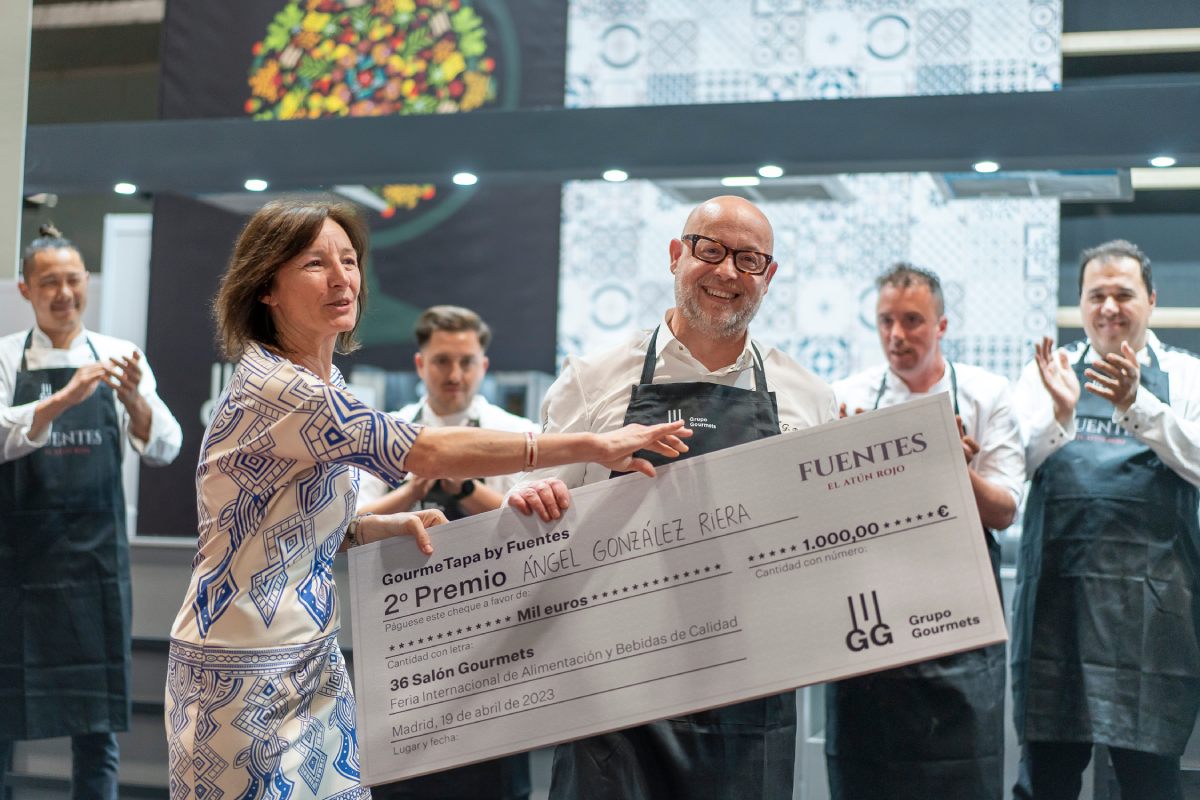
After the obligatory photocall with the winners and all the competitors on stage, Chef Joaquín Felipe delivered the finishing touch with this reflection. “My votes changed very little from one to another. They all received a good score in general. I hope that this competition continues in the future, as there is great interest among chefs and those in the world of bluefin tuna in using this type of contest to continue showcasing an outstanding product. In my case, it was a great experience in personal and professional terms, and I even spotted the odd idea that I will be taking away with me”. Your humble blogger could not agree more, point by point, tapa by tapa.
